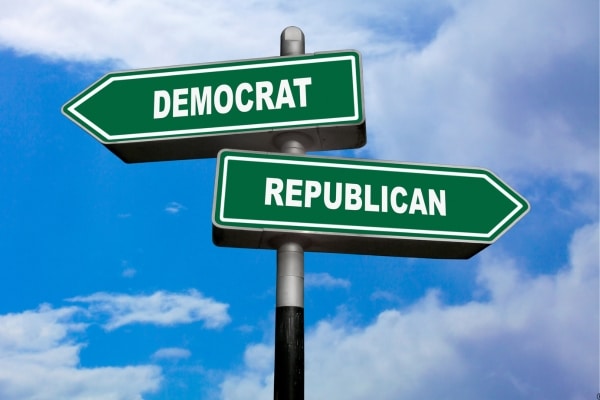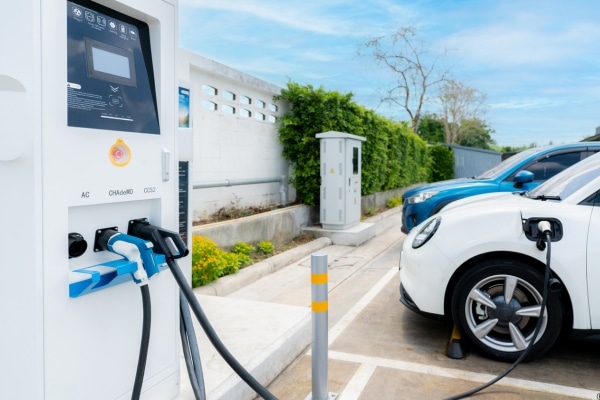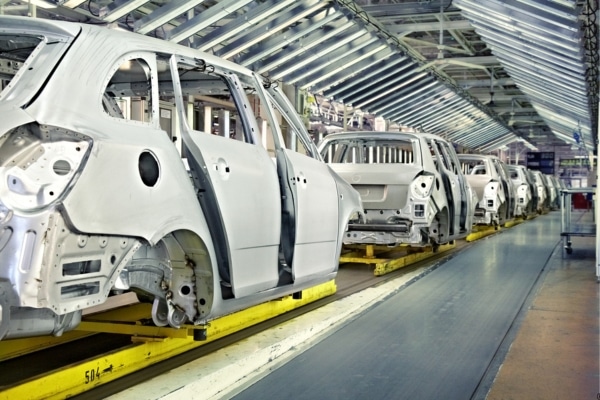California is steering a major movement, leading 21 other states in backing the U.S. Environmental Protection Agency’s new vehicle emissions rules. As the automotive world watches, this initiative highlights a deep divide between states championing the EPA’s new emission policies and those opposing new regulations as unfeasible and legally questionable. This coalition, spearheaded by California, not only showcases the state’s longstanding environmental leadership but also sets the stage for a significant shift in the U.S. auto industry’s future.
Contents
The EPA’s New Emission Rules

The EPA has rolled out stringent new rules aimed at significantly reducing vehicle emissions over the 2027-2032 model years. These guidelines mandate a nearly 50% reduction in fleetwide tailpipe emissions from 2026 levels by 2032, signaling a substantial shift towards more environmentally friendly vehicles. This move is set to redefine standards in the automotive industry, pushing manufacturers to innovate and embrace cleaner technologies.
The implications for car makers are profound. As the regulations kick in, automakers are expected to accelerate the development and rollout of electric vehicles (EVs) and other low-emission technologies. This transition not only aligns with global trends toward sustainability but also meets growing consumer demand for greener transportation options, reshaping the market dynamics in the auto industry.
California’s Leadership and Coalition

California’s role as a vanguard in environmental regulation is well-documented, and its leadership in rallying support for the EPA’s new emissions standards is no exception. The state has successfully brought together a coalition of 22 states, including automotive powerhouses like New York and Michigan, which stand united in their commitment to uphold these stringent emissions standards. This collective effort underscores a significant commitment to environmental stewardship and public health.
Moreover, major cities like Los Angeles and New York City have joined the fray, recognizing the direct impact vehicle emissions have on urban air quality and public health. Their involvement highlights the importance of these regulations for densely populated areas, where reduced vehicle emissions can significantly alleviate smog and air pollution problems, contributing to cleaner, healthier cities.
Opposition and Challenges

While California and its allies push forward, the new EPA rules face formidable opposition from 25 Republican-led states. These states have filed a lawsuit challenging the feasibility and legality of the regulations, arguing that they impose unreasonable burdens on the automotive industry and threaten economic stability. The opposition underscores a significant ideological and economic divide on the approach to national environmental policies and economic growth.
Critics, led by figures like Kentucky Attorney General Russell Coleman, argue that the stringent rules could hurt the economy, cost jobs, and increase vehicle prices, potentially undermining the broader adoption of new vehicle technologies. They contend that the shift to electric vehicles, as encouraged by the EPA’s rules, should not be forced but rather left to market forces, highlighting a clash between environmental goals and economic concerns.
Economic and Environmental Impacts

The economic ramifications of the EPA’s new rules are a double-edged sword. On one hand, there are concerns about increased costs for automakers and consumers alike, which could slow the automotive market and impact jobs. On the other hand, proponents argue that these regulations will drive significant investment in green technology, potentially creating new industries and job opportunities in the emerging green economy.
From an environmental perspective, the benefits are clear. Reduced vehicle emissions will lead to significant improvements in air quality, particularly in urban areas, and contribute to the global efforts against climate change. The long-term environmental health benefits, including decreased pollution and reduced dependency on fossil fuels, are expected to outweigh the initial economic challenges, setting a new course for the U.S. automotive industry.
Political and Public Reactions

The debate over the EPA’s new emissions rules has stirred a broad spectrum of political and public reactions, mirroring the broader national discourse on climate action and economic priorities. Politically, the issue has become a litmus test for state leaders’ commitment to environmental policies, with Democratic-leaning states generally showing support for the EPA’s stance, while Republican-led states resist, citing economic concerns. This division underscores the complex interplay between environmental advocacy and economic pragmatism in American politics.
On the public front, reactions are similarly mixed. Environmental groups and city dwellers, particularly those in areas heavily affected by pollution, have largely applauded the stricter standards, seeing them as a crucial step toward cleaner air and a healthier living environment. Conversely, some consumers express concerns about the potential rise in vehicle costs and the practicality of transitioning to electric vehicles, reflecting the broader hesitation about the pace and scale of change in automotive technologies.
Future Implications for the Auto Industry

The new EPA rules are poised to reshape the landscape of the American auto industry. As manufacturers adjust to meet these ambitious targets, we are likely to see an acceleration in the shift towards electric vehicles and other alternative energy sources. This shift will necessitate substantial investments in technology and infrastructure, from improved battery technologies to expanded charging networks, paving the way for a more sustainable automotive ecosystem.
Moreover, the global competitive landscape could also shift, with U.S. automakers needing to keep pace with international counterparts in Europe and Asia, where similar emissions reduction initiatives are already underway. The pressure to innovate could spur a wave of advancements in automotive technology, making electric vehicles more accessible and appealing to a broader market. This evolution will play a critical role in defining the future competitiveness of the U.S. auto industry on the global stage.
The Bottom Line
The leadership of California and 21 other states in supporting the EPA’s new emission policies marks a significant moment in U.S. environmental and automotive history. This coalition exemplifies the growing importance of state-led initiatives in shaping national policy, particularly in areas where federal and state objectives diverge. As the legal and political battles unfold, the outcomes will determine the future of vehicle emissions in America and set a precedent for how the country balances environmental priorities with economic realities. The stakes are high, and the decisions made now will have lasting impacts on the environment, public health, and the auto industry for decades to come.


